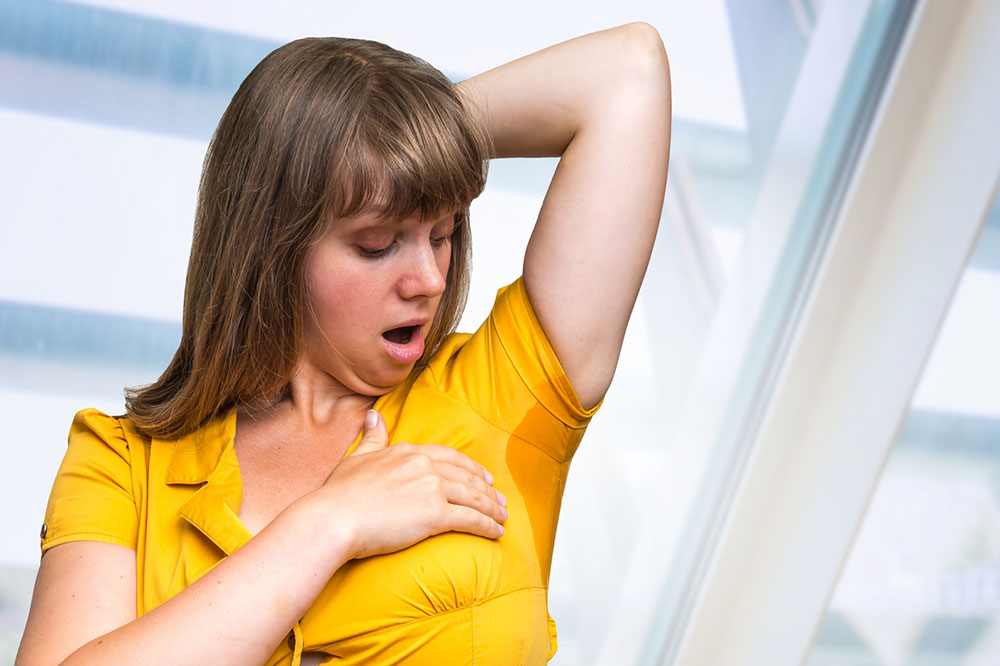
Treatment Options for Hyperhidrosis
Excessive sweating or hyperhidrosis is when you sweat profusely, but the sweat is not caused by exercises or heat. At times, people with hyperhidrosis tend to sweat so much that sweat drips off their hands and wets their clothes. It can put you at risk of social embarrassment and anxiety. So, what is the cure? The treatment options for hyperhidrosis are listed below.
Prescription antiperspirant
The doctor might prescribe you an antiperspirant that has aluminum chloride (Xerac Ac, Dryson). However, the antiperspirant might lead to eye irritation. The product must thus be used onto the affected area before heading to bed. Also, when you wake up, you have to wash the product out thoroughly. To ensure that the product does not enter your eyes. If it irritates your skin, hydrocortisone cream can be helpful.
Oral medications and creams
As such, there are no particular medicines to treat the condition; however, systemic anticholinergics can be helpful. Some of the oral medications that are commonly used as treatment options for hyperhidrosis include:
- Ditropan: It is the most promising treatment option for hyperhidrosis. However, it may induce drowsiness and dry mouth. The medication might also lead to urinary retention, heart palpitation, dilated pupil, and constipation.
- Robinul: Though effective, it has side effects, such as urinary retention, dry mouth, heart palpitation, dry throat, dilated pupil, and constipation.
- Beta-blockers: These have required systemic anti-sympathetic effects, which help in the case of hyperhidrosis induced by stress. It may be helpful if used at least two hours before landing in a stressful situation.
- Antidepressants: These are anti-anxiety medications that help in hyperhidrosis, which occurs due to depression.
- Probanthine: It is used for treating some arrhythmias and high blood pressure, which results in a systematic reduction in the sympathetic response.
- Prescription creams: Creams that have glycopyrrolate help treat hyperhidrosis, which affects your head and face.
Botulinum toxin injections
These are botox or Myobloc injections, which blocks the nerves that may be causing sweating temporarily. Every area prone to hyperhidrosis will require more than a few injections. The effect of the injection will usually last about six to twelve months. Following that, the treatment will have to be induced again. It is one painful treatment, and you may experience some weakness in the area following the treatment.
Iontophoresis
In this treatment, your feet and hands are dipped in a bowl of water. Following it, a painless current is passed through it. A hyperhidrosis patient requires 2 to 4 treatments of approximately 30 minutes. There is no clarity on how the treatment works. However, experts believe that this treatment prevents the sweat from appearing on the surface of the skin.
ETS (Endoscopic thoracic sympathectomy)
It is a surgical treatment and is performed only in extreme hyperhidrosis cases, which fail to respond to any other treatment. In this treatment method, the nerves, which are responsible for carrying the sweat glands’ messages, are cut off.



